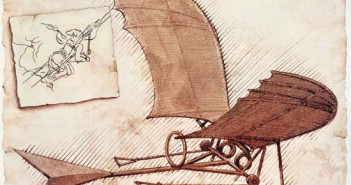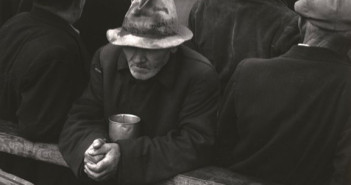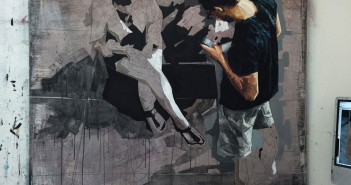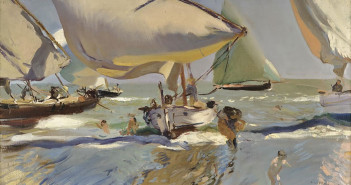
Serious artist
In the jargon of the critic or art historian “serious artist” is often equated with “important.” I’ve always taken it to mean something else — someone who takes his or her work seriously.
If you accept this latter definition then the idea of quality is left out. An artist may struggle for a lifetime of seriousness in a morass of inadequacy. Top notch work is illusive, even for us geniuses. This thought is so depressing that it has been known to drive some people into chartered accountancy.









